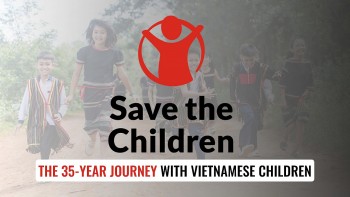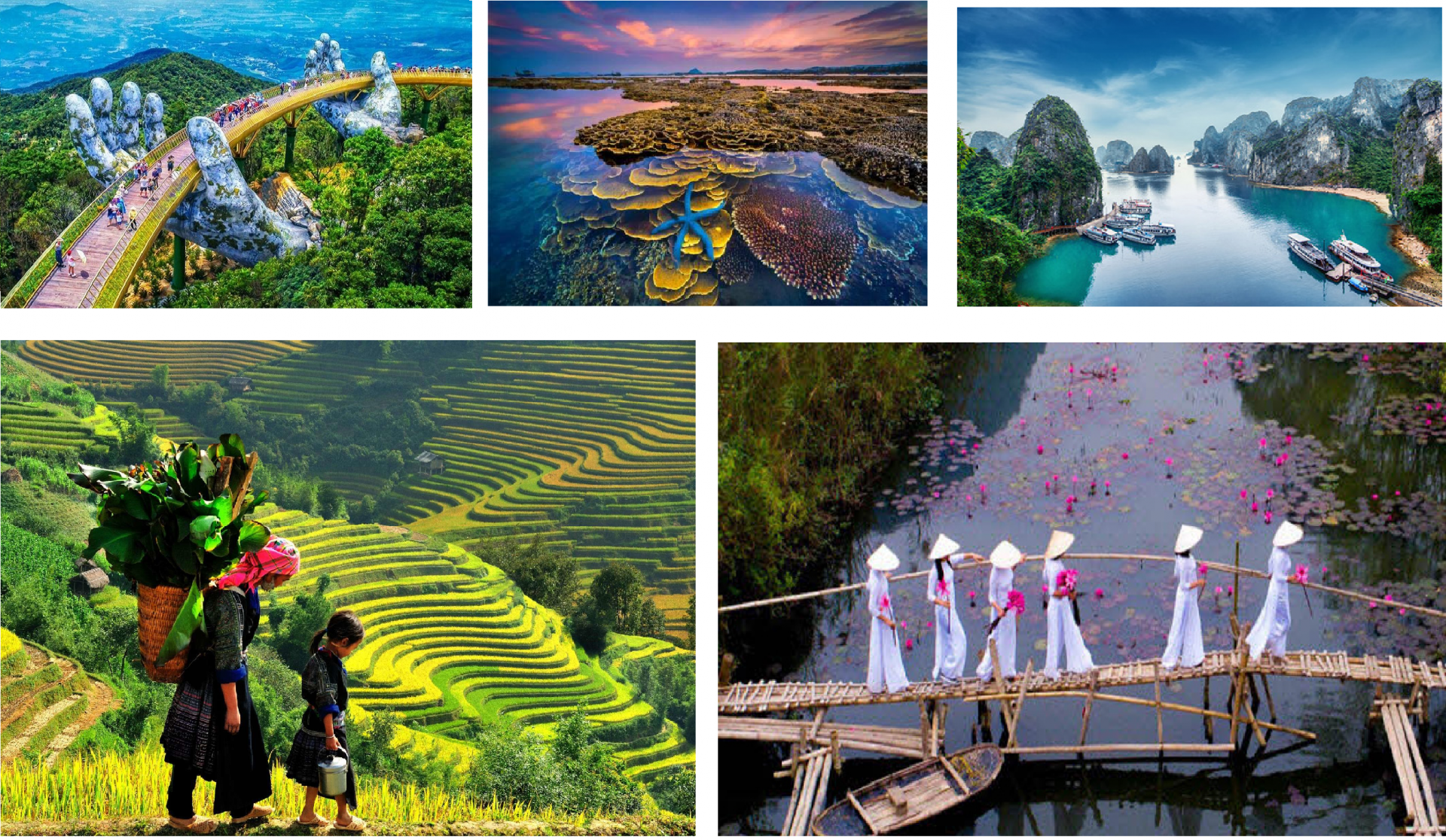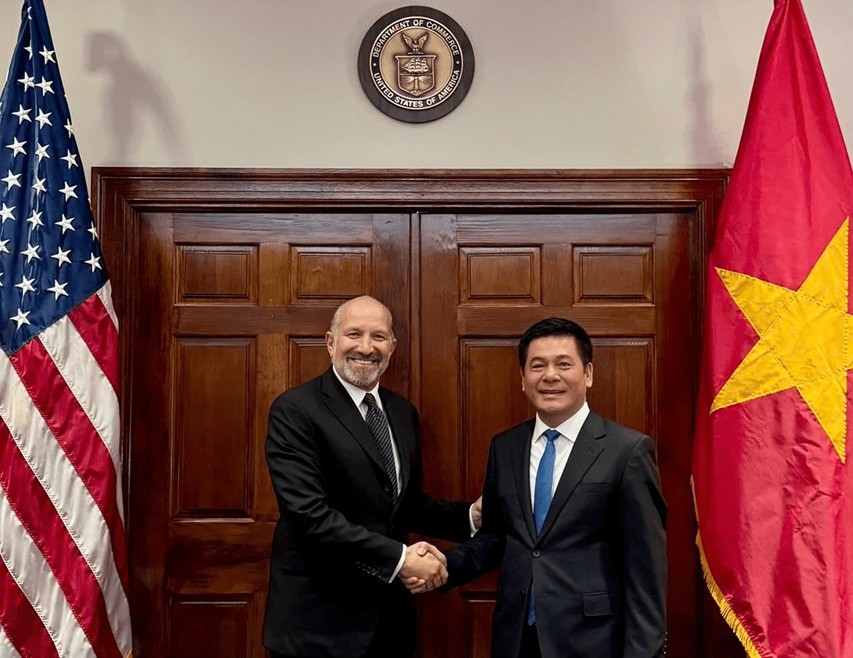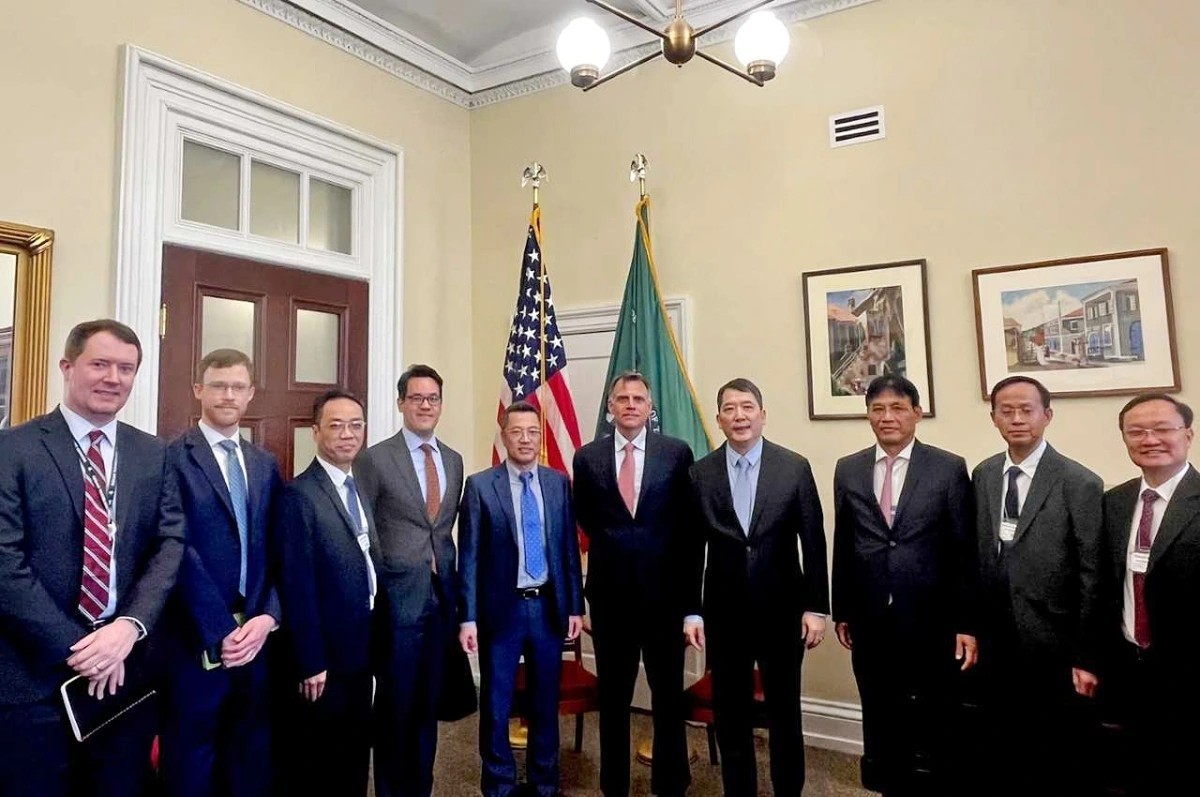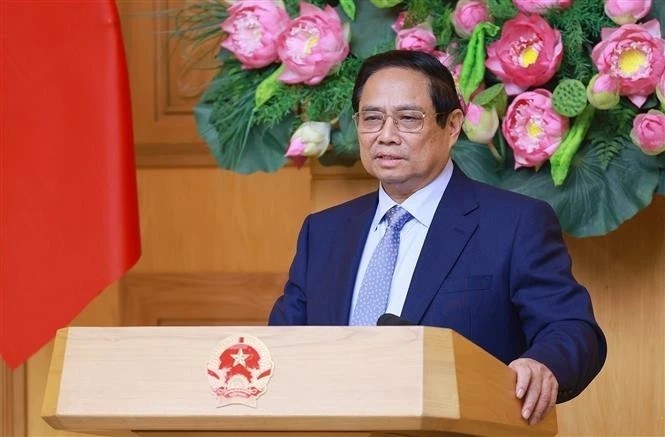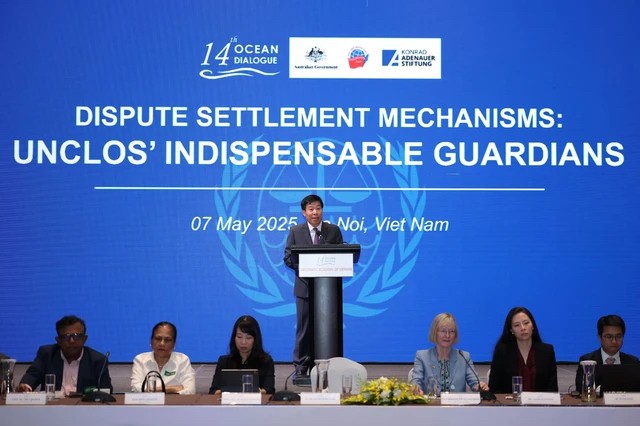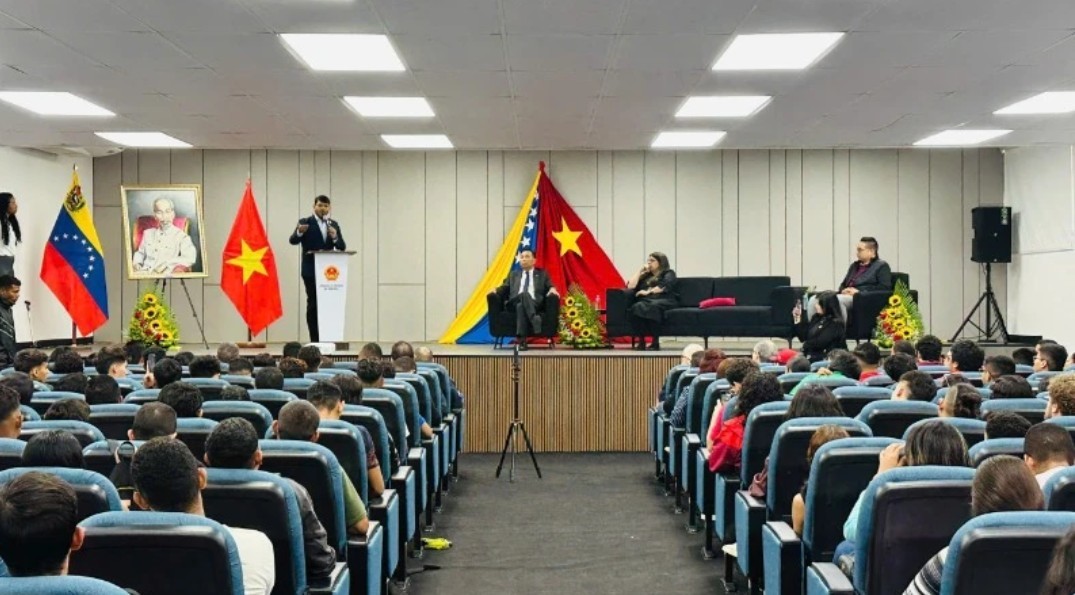Global Support in Vietnam’s National Salvation Struggle Against the U.S.
| Vietnam, Latin America: Solidarity Rooted in Similarities in National Liberation Struggles | |
| US Businesses Struggle Amid Trump's Unpredictable Tariff Policies |
The Vietnamese struggle for national liberation won the strong sympathy and support of revolutionary and progressive forces across the world. The mobilization of international solidarity was one of the decisive factors contributing to the victory of the Vietnamese people.
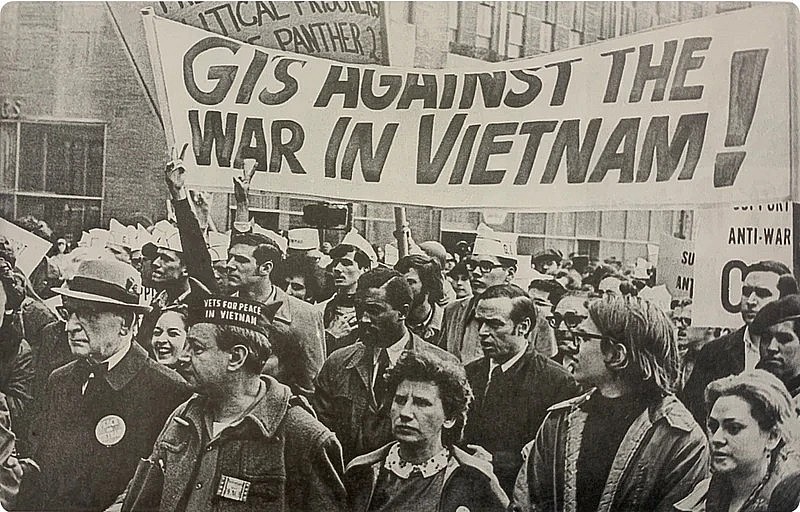 |
| Veterans for peace in Vietnam. |
Vietnam received broad-based support from socialist countries, who backed its just stance in resisting the imperialist aggression of the United States. Numerous rallies, protests, and volunteer enlistment drives took place in many countries. Youth, women’s, and children’s organizations organized campaigns to raise funds for the Vietnamese people. Many associations and unions collected signatures and petitions to condemn the U.S. war of aggression.
Vietnam received significant material and technical assistance from the Soviet Union, China, and other socialist allies. The Soviet Union supplied modern weapons and military equipment, including aircraft, tanks, armored vehicles, missiles, and artillery. China provided infantry weapons, military uniforms, food, medicine, fuel, transportation, and artillery.
In April 1965, the first Soviet military expert delegation arrived in Vietnam to quickly train and prepare two anti-aircraft regiments for combat. Between April 1965 and May 1966, 2,266 Soviet air-defense specialists came to Vietnam, training 10 missile regiments, three radio engineering regiments, and two fighter air regiments. Soviet aid helped modernize Vietnam’s air-defense forces, including the deployment of SA-75 Dvina surface-to-air missile systems starting in July 1965.
China provided Vietnam with non-repayable aid in the form of factory and repair equipment for regional military workshops and facilitated the transit of Soviet military supplies through its territory via railway. China also helped expand and protect critical road networks along the border to facilitate the movement of supplies and troops. It assisted in building fuel depots in Dong Dang, Quang Ninh, and provided hundreds of kilometers of pipeline systems, along with specialized equipment.
From March 1968 to early 1975, Vietnamese fuel supply troops constructed nearly 5,000 km of fuel pipeline from Dong Dang (Lang Son) to Bu Gia Map. Over 500 km of this system was supplied by China, with the remainder being temporary Soviet-supplied pipelines.
During the bombing of North Vietnam, the Hanoi–Huu Nghi railway became a vital international aid route, replacing the heavily blockaded Hai Phong port. Military trains carrying 1,000 tons of supplies crossed daily from China into Vietnam.
Many nations expressed readiness to send volunteers to support Vietnam. In Hungary, there was a blood donation movement for Vietnam, and volunteer sign-ups to fight alongside the Vietnamese. In 1965, Bulgaria held 245 pro-Vietnam rallies, some with over 10,000 participants.
In early 1966, Cuban President Fidel Castro famously declared “For Vietnam, Cuba is willing to shed its own blood.” That August, Cuba sent a delegation of military specialists, including air force, missile, artillery, and medical personnel. Cuba also actively assisted Vietnam with road construction equipment.
North Korea sent pilots to train and fight alongside the Vietnamese Air Force. Other Eastern European countries such as Hungary, Poland, Romania, Bulgaria, Czechoslovakia, and the German Democratic Republic provided valuable logistical and technical aid.
Vietnam’s neighbors, Laos and Cambodia, also played vital roles in resisting U.S. aggression. As the war escalated after 1965, Laotian troops and guerrillas coordinated with Vietnamese forces to counter American airstrikes and ground operations. In seven provinces of Laos, civilians evacuated to forests, contributed millions of workdays, and supported the construction and maintenance of roads and supply routes alongside Vietnamese youth volunteers.
The Cambodian government under Prince Norodom Sihanouk allowed the use of Sihanoukville Port for the reception and transport of military aid, which was then delivered to Vietnamese forces.
The global anti-war movement became a powerful political force, increasingly influencing government policies worldwide. Delegations from across Asia, Africa, Europe, and the Americas visited Vietnam to show solidarity and offer assistance. Peace, democracy, and social organizations—including intellectuals, parliamentarians, writers, and journalists—publicly supported Vietnam’s just struggle.
The January 1966 Tricontinental Conference in Cuba marked the formation of a united front of peoples from Asia, Africa, and Latin America in support of Vietnam. In Northern Europe, the NLF (National Liberation Front) movement spread to Sweden, Norway, Denmark, and Finland.
On August 10, 1972, the Non-Aligned Movement’s foreign ministers’ conference in Georgetown (Guyana), with 59 countries participating, officially recognized the Provisional Revolutionary Government of South Vietnam and adopted a resolution supporting the people of Vietnam, Cambodia, and Laos in their fight for independence and freedom.
The global anti-imperialist movement and the anti-war movement within the United States itself became increasingly forceful. It was American students who first ignited domestic opposition to the war. U.S. soldiers protested deployments, sought discharges, and wrote letters home exposing atrocities.
Famous figures like actress Jane Fonda visited Vietnam in solidarity. Civil rights leader Martin Luther King Jr. and pediatrician Benjamin Spock led a 100,000-person protest in New York. Self-immolations by Americans like Norman Morrison and Roger Allen LaPorte deeply shocked U.S. society and stirred global empathy.
By 1972, the anti-war movement reached a climax, contributing to a domestic political crisis in the U.S. Opposition reached into all sectors of society—Congress, veterans, and even within the U.S. government and military command, creating stark divisions between the legislative and executive branches, the White House and the Pentagon, and between Washington and the South Vietnamese regime.
Never before in modern history had a nation’s resistance movement received such broad and powerful support from the citizens of its adversary. President Ho Chi Minh said “Vietnam is the first front against U.S. imperialism, the second front is inside the United States.” No other movement in the world had ever drawn such widespread, long-lasting, and effective support—both materially and morally—from people across all five continents for a small nation fighting a superpower.
For the first time in history, an international tribunal—the Bertrand Russell Tribunal—was convened to judge the crimes of a nation, holding the United States accountable for its actions in Vietnam.
Vietnam’s struggle for independence and peace was a just cause that won the support of peace-loving and progressive peoples worldwide. The international rear base played a crucial role in propelling Vietnam’s national liberation. Global solidarity and support were instrumental in securing Vietnam’s historic victory.
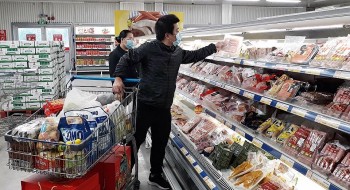 | Vietnamese Goods Struggle to Enter Foreign Supermarkets Vietnam continues to have both triumphs and obstacles in foreign markets. |
 | Vietnam Supports The Cause of Just Struggle of Palestinian People The Vietnamese people support the righteous struggle of the people of Palestine for independence and freedom. |
In topics
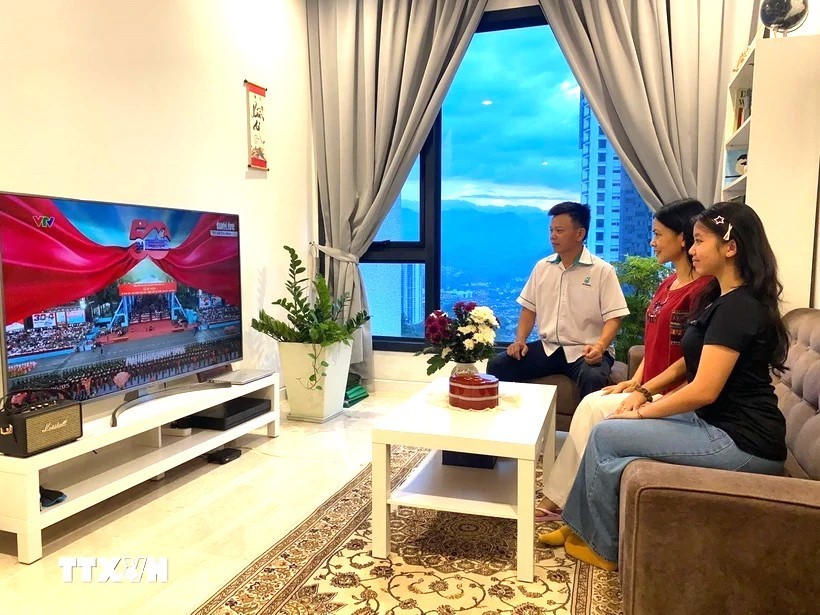 Overseas Vietnamese
Overseas Vietnamese
Global Vietnamese Community Celebrates 50 Years of Reunification with Pride
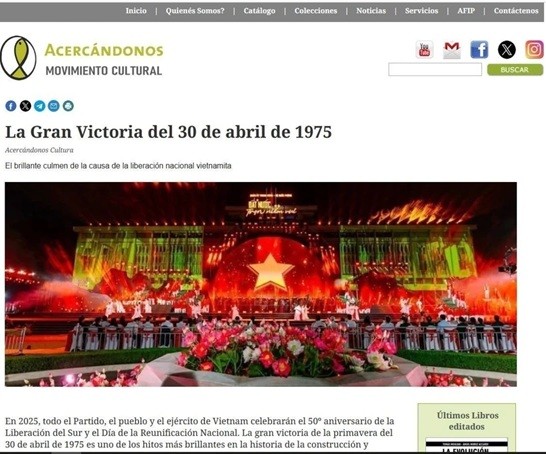 World
World
Vietnam’s 50-year Reunification Celebration Garners Argentine Press’s Attention
Recommended
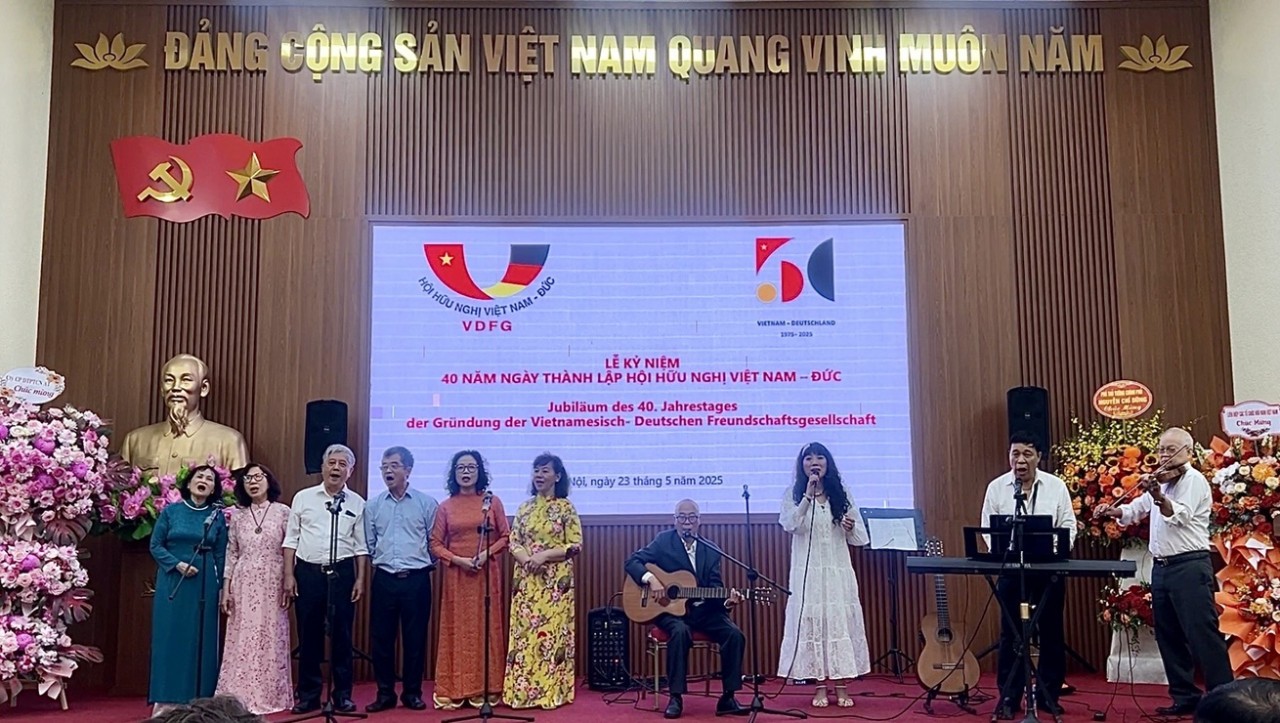 Focus
Focus
Solid Bridge for People-to-people Relations between Vietnam and Germany
 Focus
Focus
35 Years of FES in Vietnam: Fostering Dialogue, Advancing Equity
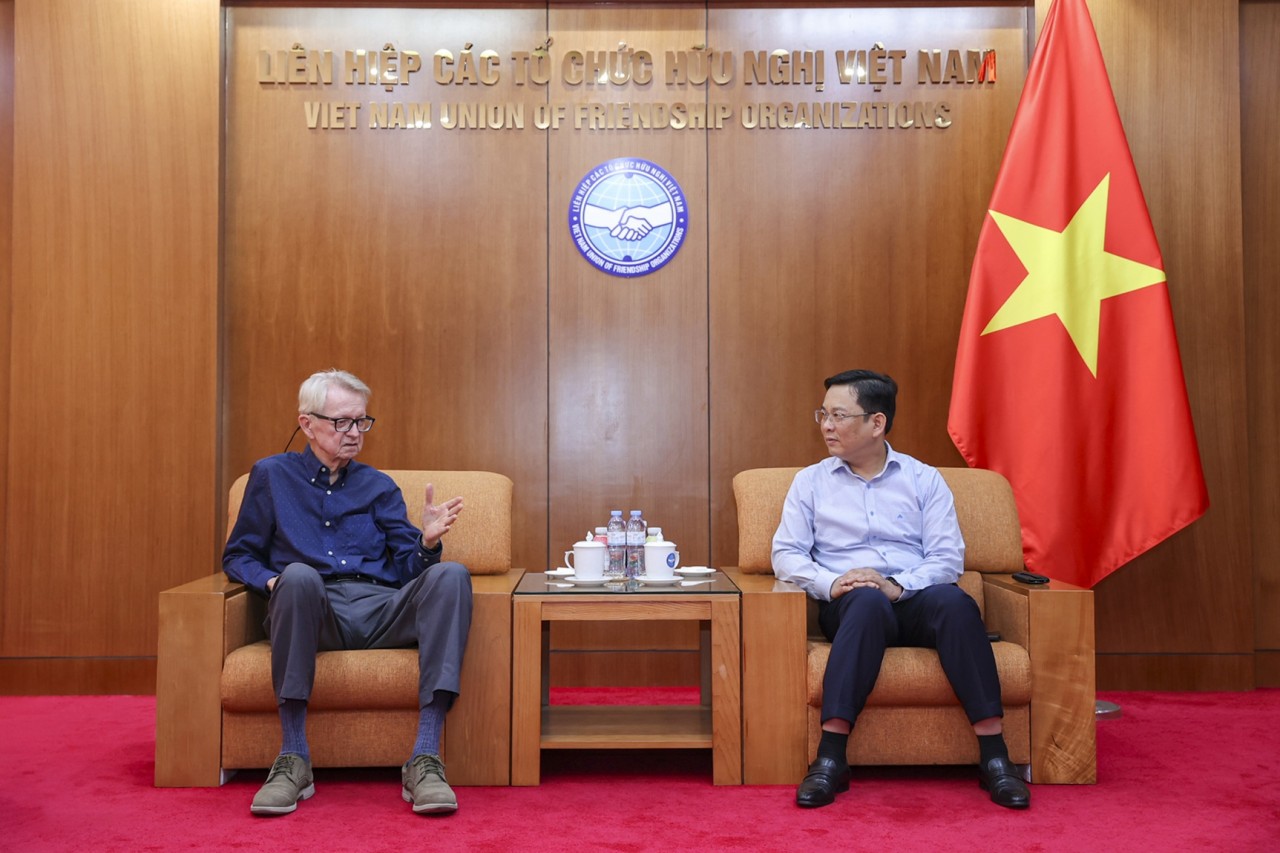 Friendship
Friendship
VUFO Appreciates Contributions of American Veterans in Overcoming Consequences of War
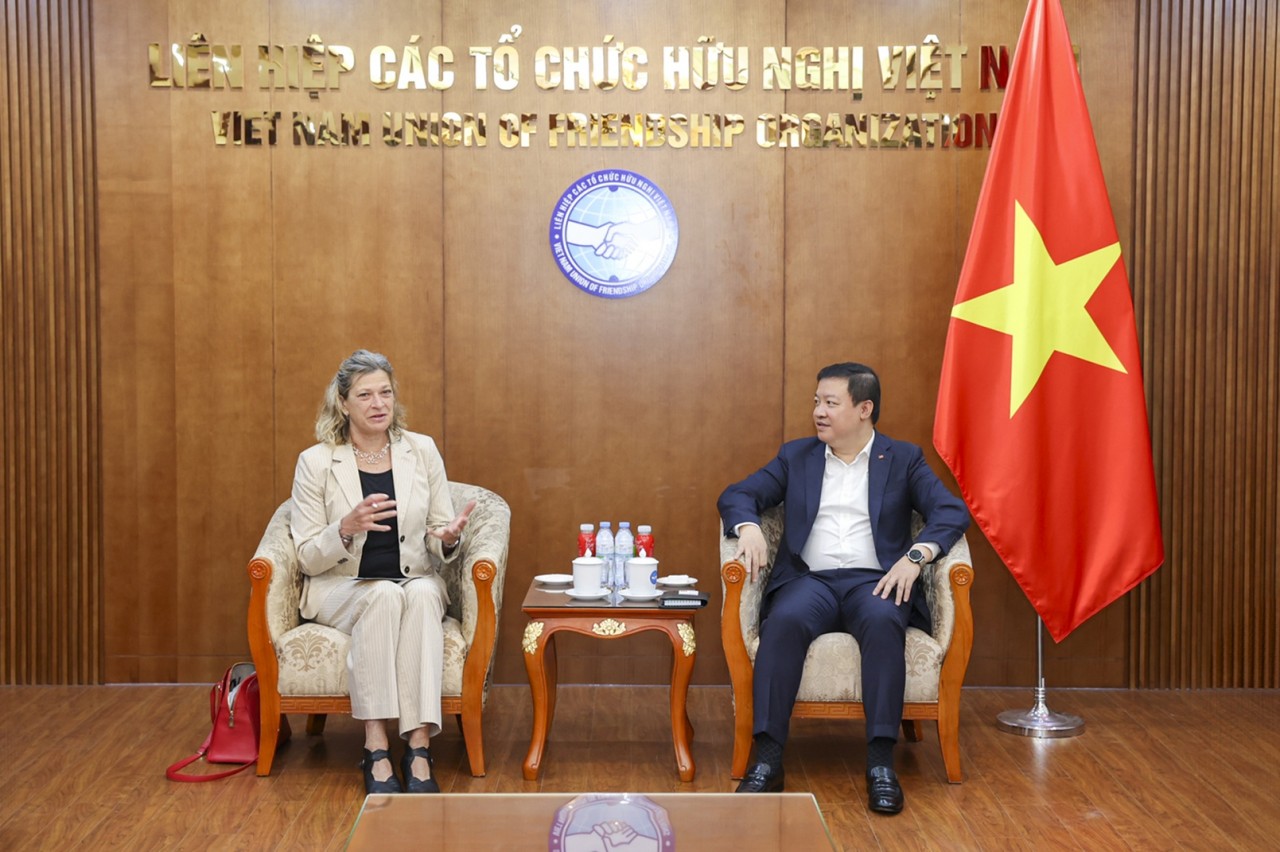 Focus
Focus
VUFO, FES Continue to Promote Cooperation to Support Development
Popular article
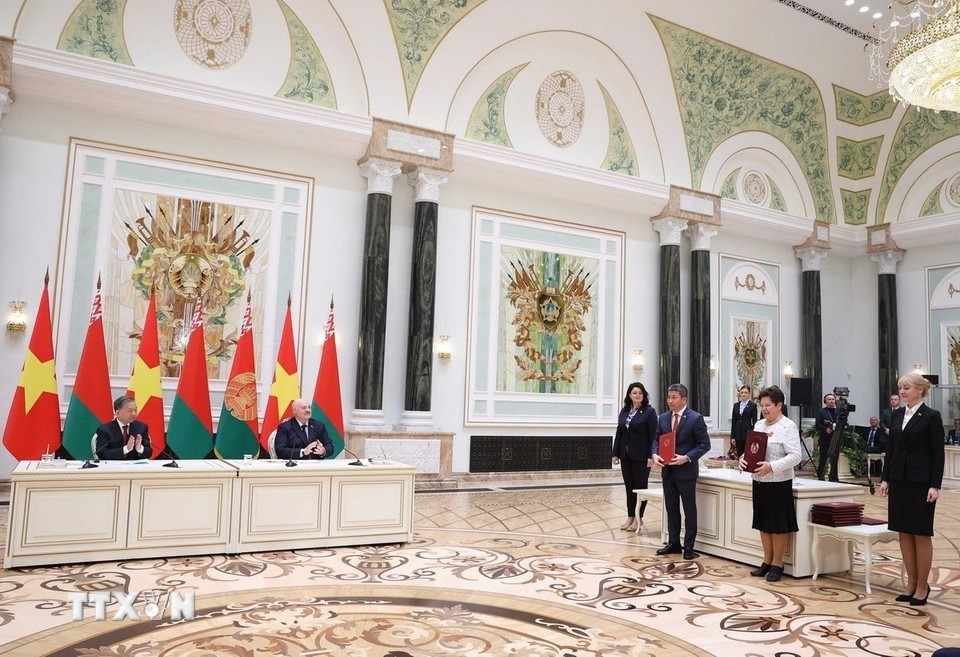 Focus
Focus
Vietnam - Belarus Sign Cooperation Documents
 Focus
Focus
Vietnam-Austria Relations: Unlocking the Potential for Cooperation in Key Areas
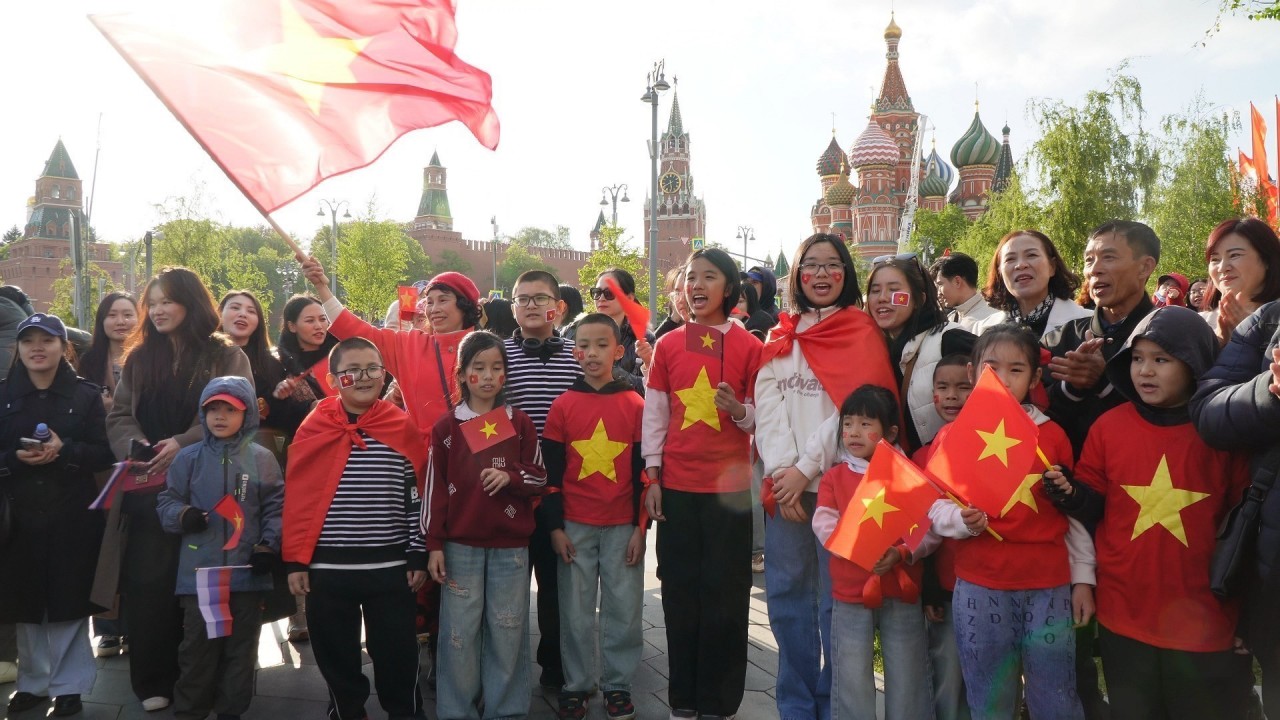 Focus
Focus
Overseas Vietnamese in Russia Welcome Vietnam People's Army Delegation at Red Square
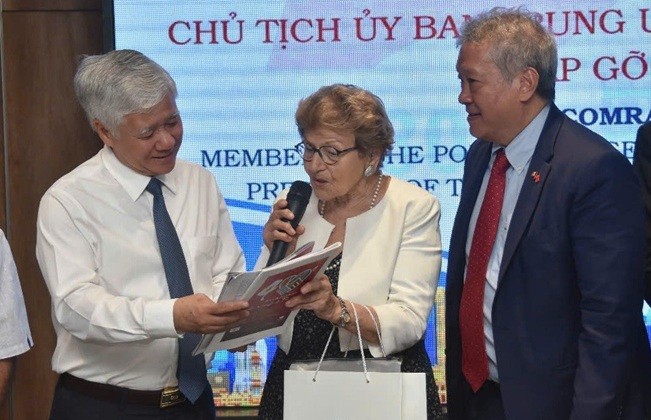 Friendship
Friendship

